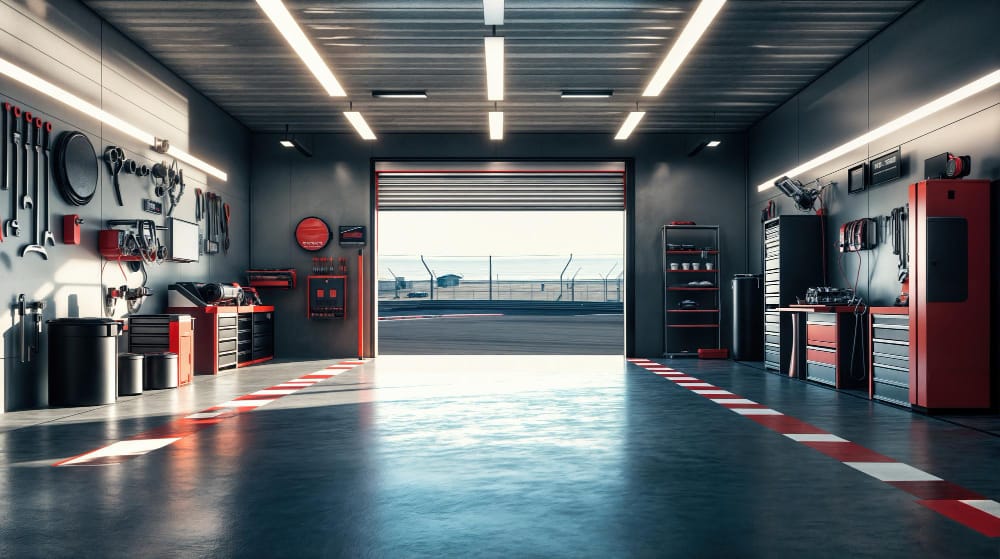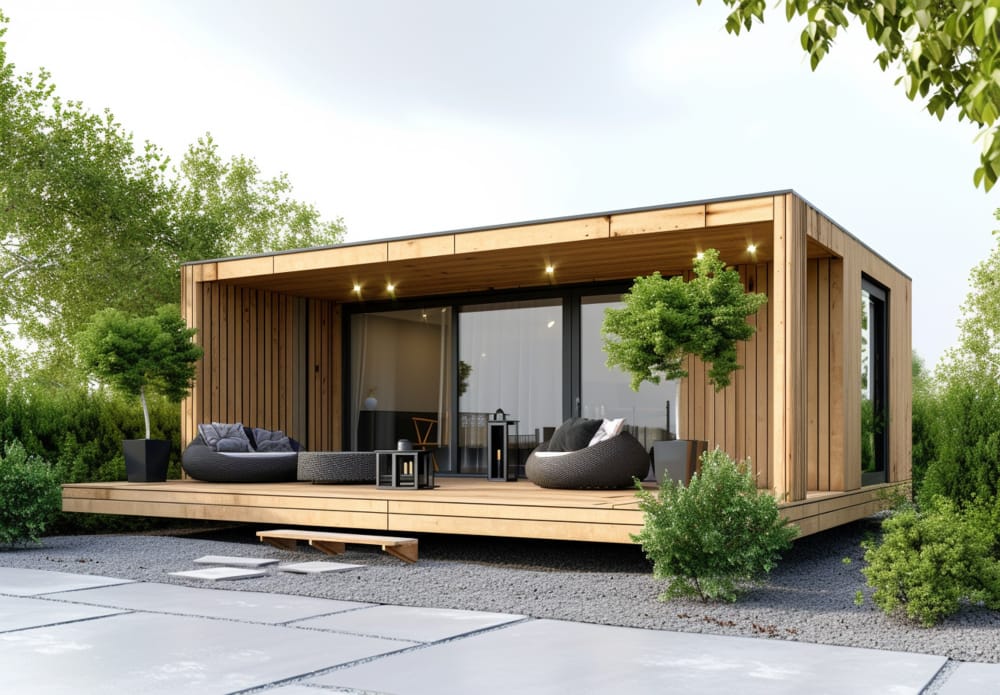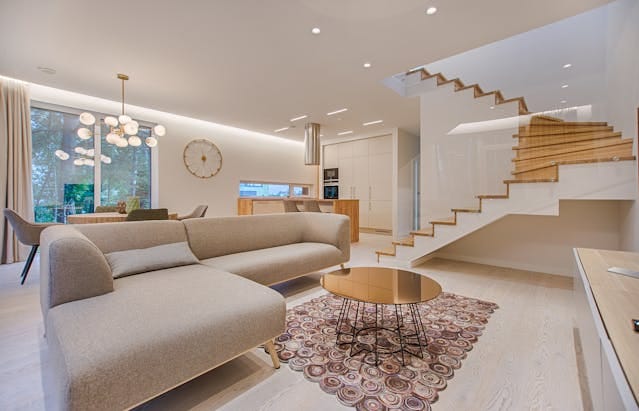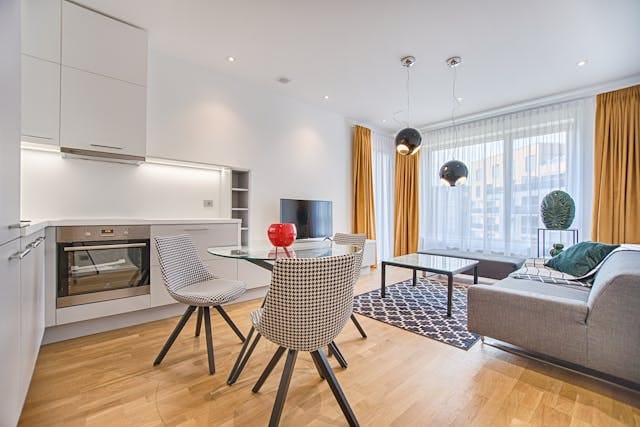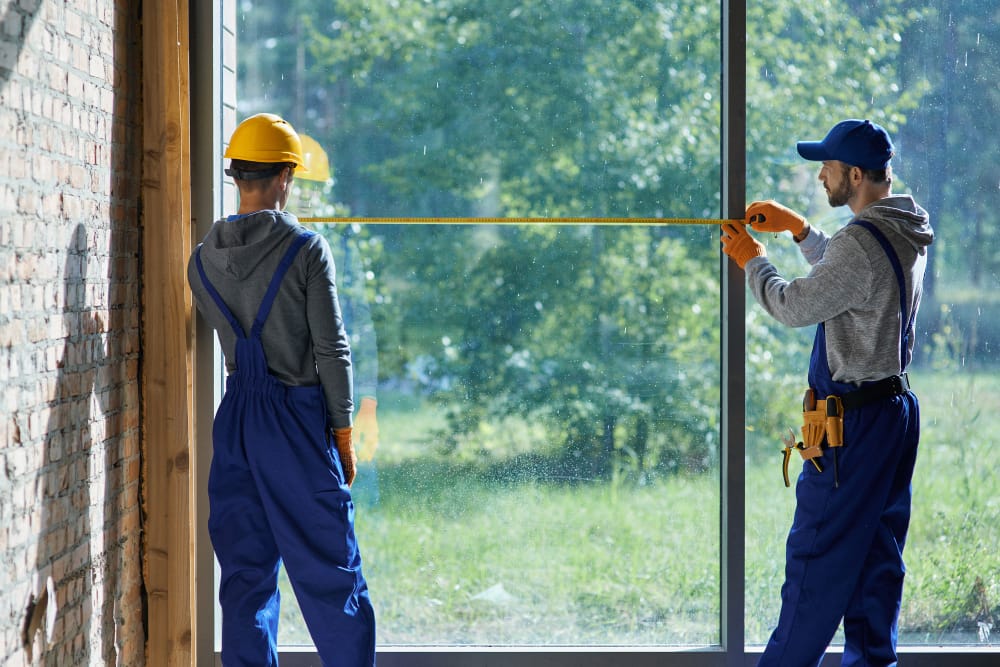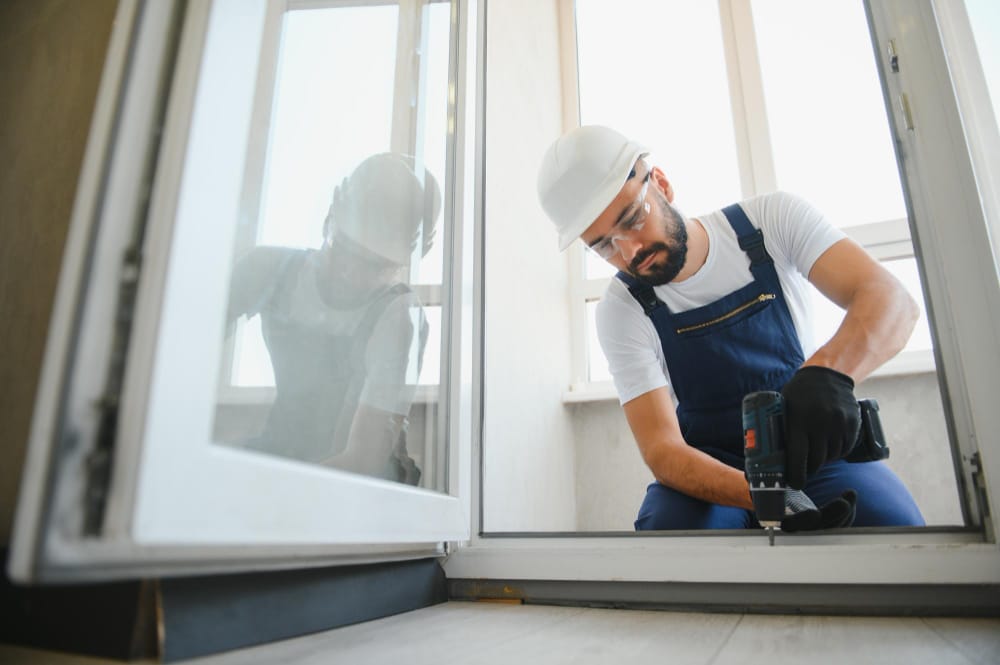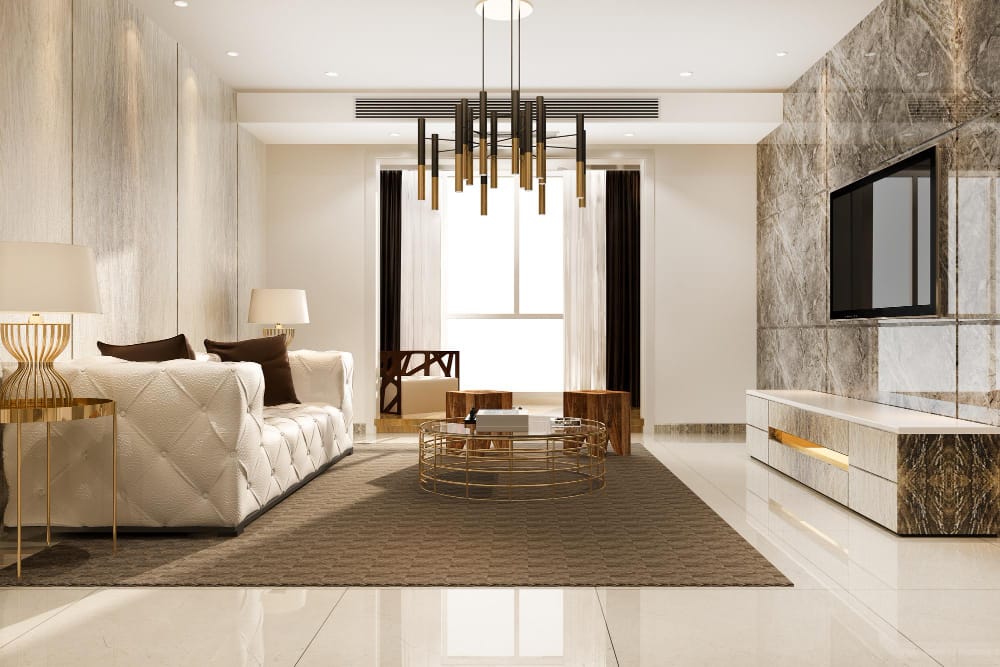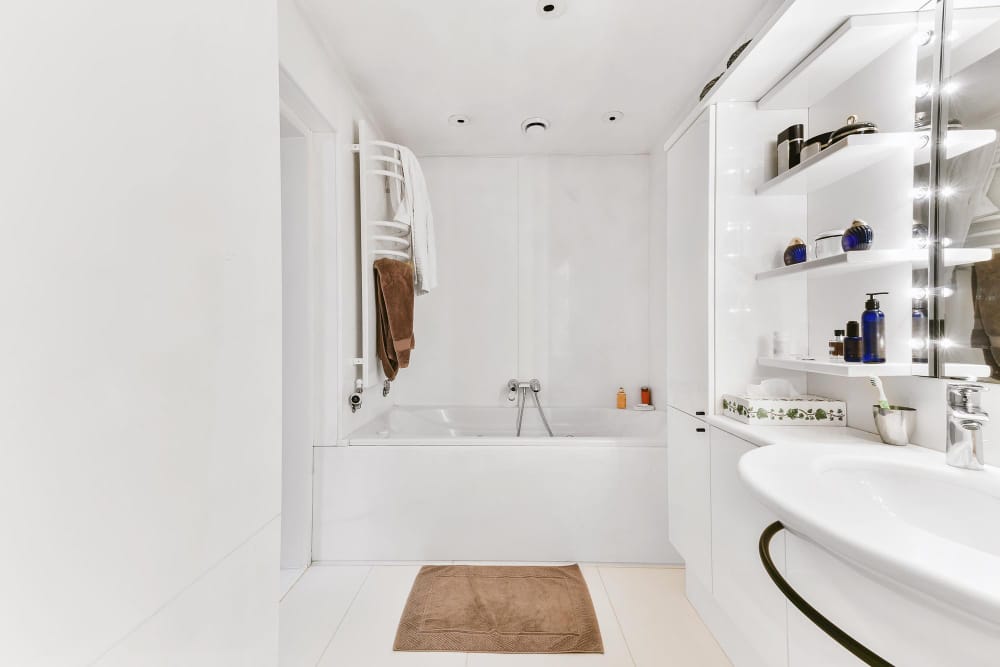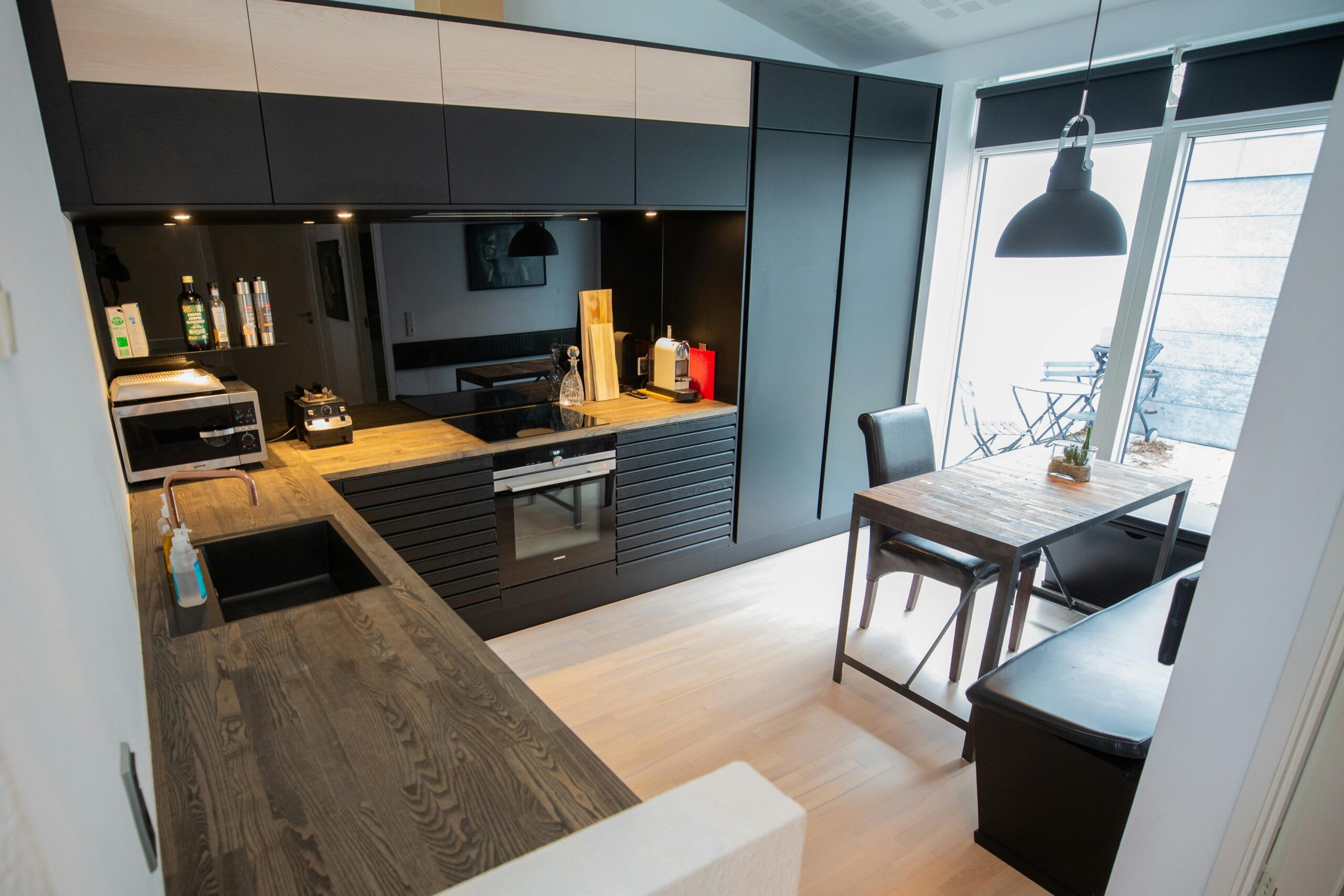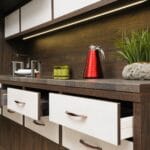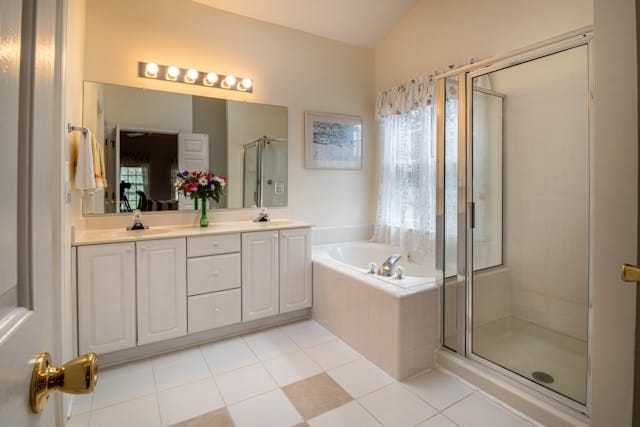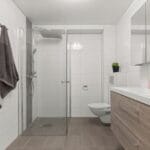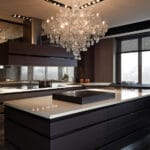Affordable Bathroom Remodel Sacramento CA: Real Home Transformations Under $15K

You don’t need a luxury budget to achieve a beautiful, modern bathroom. Across Sacramento, families are transforming dated spaces into relaxing retreats — and doing it for less than $15,000.
In this article, we’ll explore three real-life examples of low-cost bathroom remodeling Sacramento area projects that prove affordable can still mean elegant, functional, and built to last.
The Rivera Family: From Outdated to Spa-Like
The Riveras’ 1990s bathroom had pink tile, laminate counters, and dim lighting. They wanted a fresh look that felt calm and timeless — without exceeding $12,000.
Their Plan:
Installed a prefabricated vanity with quartz-look countertop.
Chose waterproof vinyl plank flooring for durability.
Added matte black fixtures and a frameless shower enclosure.
Used peel-and-stick tile for an accent wall.
Final Cost: $11,400
Result: A serene, hotel-style bathroom with better lighting and more storage.
“We learned that good planning matters more than square footage,” says Mrs. Rivera. “We focused on what we’d actually use daily — and skipped the extras.”
The Patel Remodel: A Space for Growing Kids
With two teenagers sharing one bathroom, the Patels needed a family-friendly remodel that balanced style with easy maintenance.
Their Approach:
Replaced a dated tub with a low-threshold shower for accessibility.
Installed moisture-resistant paint and porcelain wall tile.
Upgraded lighting to warm LEDs for better visibility.
To stay on budget, they sourced fixtures locally after visiting kitchen and bath showrooms near me — comparing multiple brands side by side to find deals.
Final Cost: $13,700
Result: A bright, easy-to-clean bathroom that feels twice the size.

The Johnson Makeover: Modern Touches, Modest Budget
The Johnsons inherited an older home with vintage charm but worn-out bathrooms. Their goal: modernize one guest bath for under $10,000.
Key Moves:
Repainted cabinets instead of replacing them.
Used subway tile for walls and a bold mosaic floor.
Installed a wall-mounted sink to free up space.
Opted for brushed brass hardware for subtle elegance.
Final Cost: $9,850
Result: Chic, minimal, and fresh — proof that thoughtful choices can make small spaces shine.
What These Remodels Have in Common
Clear Priorities: Each homeowner defined must-haves before starting.
Mid-Range Materials: Durable and stylish, but not over-designed.
Professional Labor: DIY where possible, but experts where precision mattered.
All three projects demonstrate that success comes from vision, not extravagance.
Builder’s Notes
Affordable remodeling isn’t about cutting corners — it’s about maximizing creativity. Whether it’s a family bathroom or a guest suite, Sacramento homeowners are proving that smart planning delivers real impact, even on limited budgets.
👉 Define your goals, visit local suppliers, and focus on quality where it counts. A beautiful bathroom is achievable — and affordable — with the right mindset.

